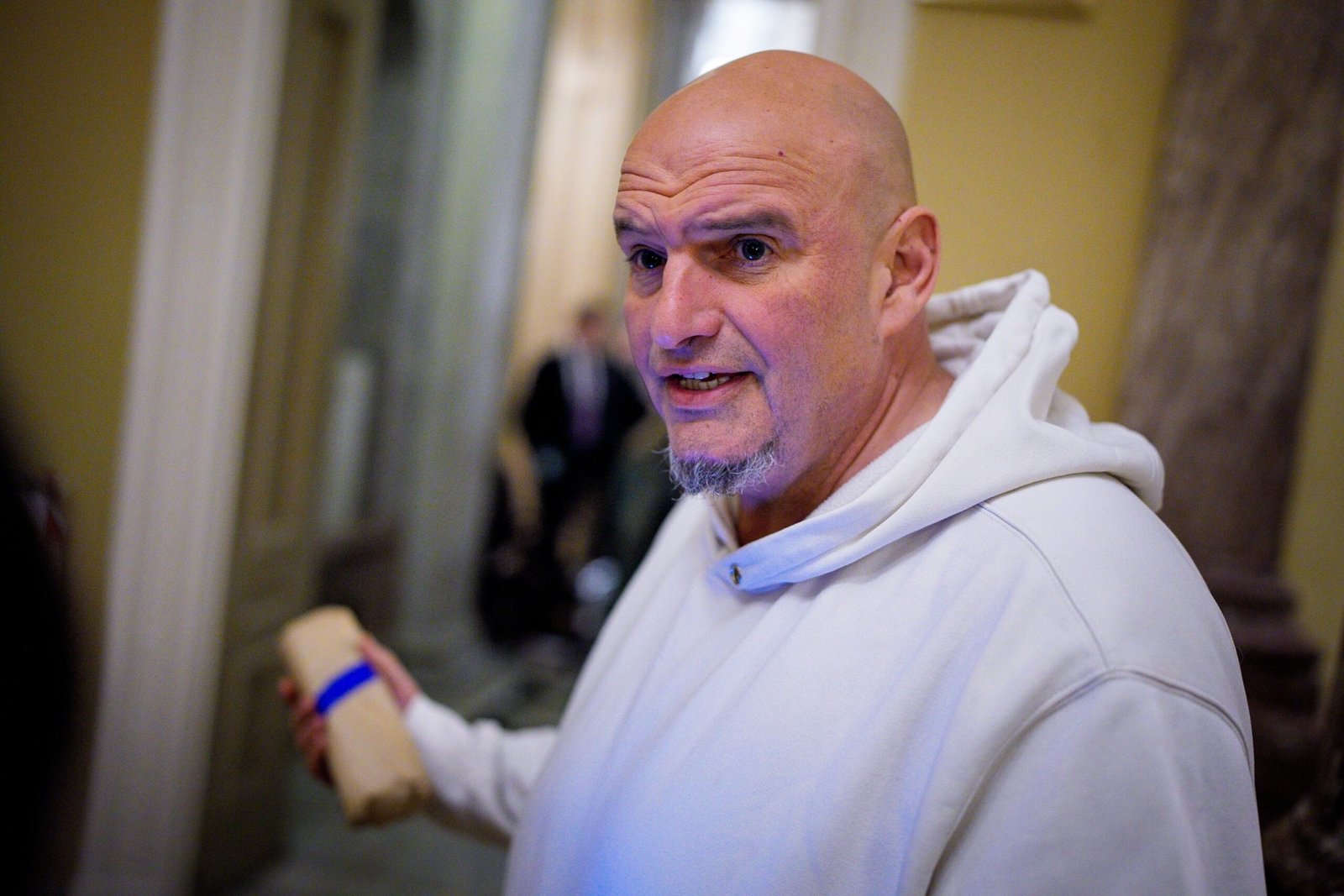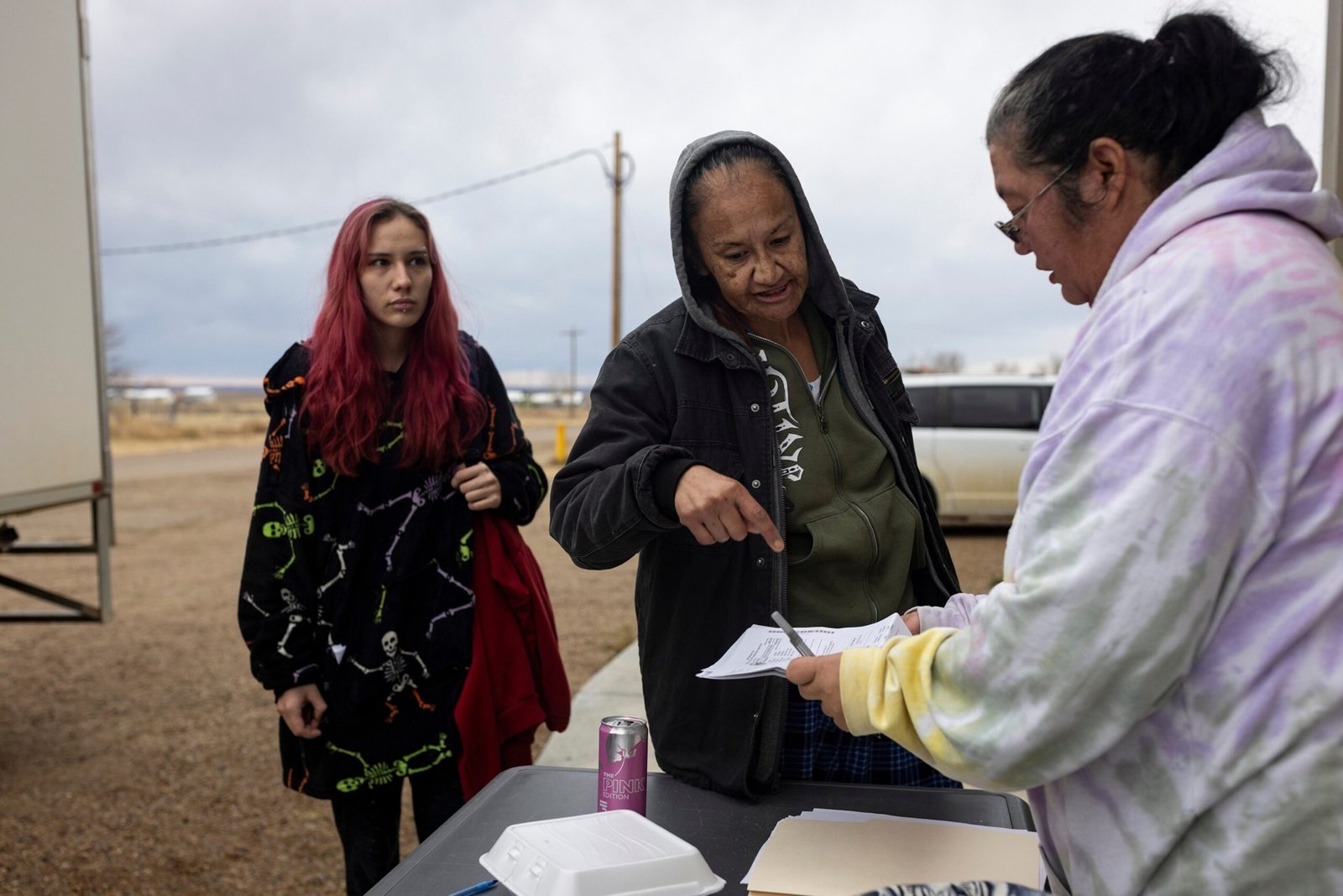Researchers in California have identified an unexpected impact of climate change within the state: an increase in human-wildlife conflicts due to prolonged, climate-exacerbated conflicts. drought conditions.
According to an article published on Friday in Scientific advances.
The analysis of nearly 32,000 human-wildlife interaction reports made to the California Department of Fish and Wildlife between 2017 and 2023 included reports of predation (or animal damage to property), conflict anticipation reports or general sightings, and reports of animal nuisance that did not result in property damage. More than 60 animal species were named in the reports.
A team of researchers developed a statistical method to test how changes in precipitation over years and months match changes and increases in reported conflict, Kendall Calhoun, a postdoctoral researcher and wildlife ecologist at the University of California, Los Angeles and the University of California Davis, told ABC News.

In this Oct. 15, 2022, file photo, a buoy and dry docks sit at the bottom of the Stuart Fork arm of Trinity Lake during an ongoing drought in Trinity Center, California.
Josh Edelson/AFP via Getty Images, FILE
The findings indicate that conflicts increased overall during the drought, with the strongest increases occurring among mountain lions, coyotes and bobcats, according to the paper.
The researchers did not have data on actual attacks or injuries, but instead focused on property damage and reports of nuisance.
The increase in human-wildlife conflict likely occurs as animals search for water and food during dry periods, Calhoun said.
“There’s no water available, so species that really need drinking water will have to expand their ranges or change how they use habitat to find areas that do have water,” Calhoun said.
Additionally, less water in the landscape means fewer plants for herbivores to eat and therefore fewer food sources for carnivores. Therefore, animals may try to switch to easier prey, such as cattle, Calhoun said.
Calhoun’s lifelong passion for wildlife conservation in California inspired him to research how climate change impacts wildlife management and how people react to wildlife as a result, he said.

In this Sept. 21, 2024, file photo, a coyote howls as it stops on The Tracks at Brea Trail in Brea, California.
Mark Rightmire/Orange County Record via MediaNews Group via Getty Images
Drought is a natural feature of California’s climate, but conditions are getting even worse due to human-induced climate change, according to the state report. Environmental Health Risk Office.
According to the OEHHA, rising temperatures and periods of low rainfall have increased the likelihood of extreme droughts in the region.
Research suggests that both humans and wildlife are changing their behavior as a result of the drought, Calhoun said. Additionally, people may be changing their perspectives on wildlife or their environment during periods of drought or other stressful environmental situations, therefore leading them to report interactions more frequently, Calhoun said.
“What was once seen as benign (having some species of wildlife on your property) could be interpreted as something else,” Calhoun said. “People perceive that interaction as conflict rather than neutral.”

In this Oct. 27, 2022, file photo, a mountain lion bolts from its hiding place in Brentwood, California, prompting the precautionary closure of a nearby elementary school. Initially, the lion was hiding among some trees in an alley near the Brentwood Country Club.
Wally Skalij/Los Angeles Times via Getty Images, FILE
Conflict with carnivores is a “major conservation issue” due to its ecological importance, the economic losses associated with conflict and common stigmatization, the researchers said.
“Future conservation effectiveness depends on identifying how climate change and human-wildlife conflicts are interconnected, particularly as the global effects of climate change accelerate on ecosystems,” the researchers said.
The findings serve as an “early warning” signal of indirect problems caused by climate change, Calhoun said.
“There is definitely a relationship between climate change and human-wildlife conflict here in California, and we can show that as droughts occur or as precipitation decreases,” Calhoun said.






